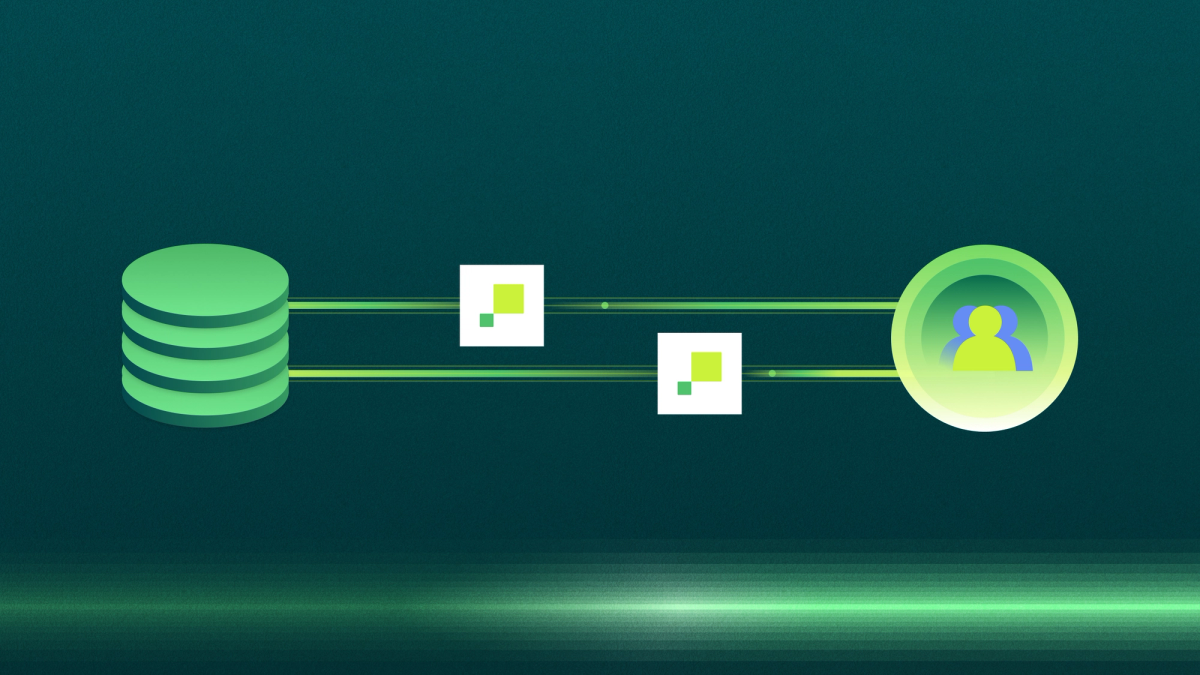
In the always-advancing world of data accumulation and processing, there are always new ideals and notions that need to be calibrated within each existing company in order to continue to get the most out of the information on hand. Operational analytics evolved from the need to foster better automation, better understanding between cross-functional teams, and more effective workflows throughout the company.
It should involve the use of various data mining and data aggregation tools to get more transparent information for business planning. What seems to be the main difference is that signals emanating from the various parts of a company are processed in real time to feed back into instant decision-making for the business. Working on empathizing the continuous digital feedback loop that should exist from one team within a company to the other sets.
Operational analytics could be one of the results of a properly functioning modern data stack. Using the tools within that stack better and more effectively toward empowering the data team to better serve data consumers. It is actually the reverse ETL process – when data is extracted from the data warehouse and pushed into third-party end systems – that helped bridge the gap between the work of data teams and the needs of data consumers which made operational analytics a reality.
What Are Operational Analytics Benefits?
- Increases Profits – Using operational analytics, companies can identify areas with minor or major problems that need streamlining. Doing this will help them become more efficient and save substantial amounts, thus increasing profits. Helping companies stay competitive in an ever-expanding market.
- More Engaged Employees – It is easier for employees to make data-driven decisions, thanks to the insight from operational analytics. It gives them much-needed access to data insights and can collaborate better when working on different projects as a group. Achieving goals is considerably easier when everyone within a company is seamlessly working together. Especially when employee engagement is high when each worker feels like an integral part of a company.
- Customer satisfaction – In the not-so-distant past, it took weeks or even months before a company could figure out exactly what is causing the drop in customer satisfaction. There were simply too many factors to consider. With operational analytics, companies could get to the root cause of a performance issue and fix it instantaneously.
- Data Streamlining – Operational analytics place all security, business, and IT data all in one place where companies could manage it with efficiency and easily spot system problems in real-time. Not to mention, they could easily create backup and recovery for all data to ensure its safety despite disasters – natural or otherwise.
- Competitive advantage – Companies are able to understand what all their data means and carry out more efficient processes with operational analytics. This will give them a bigger advantage over competitors. While some amongst the competition are focused on analyzing customer data, advanced companies are already looking at operational data so that they can save money and reinvest it in more profitable pursuits.
There are some particular departments within companies that are more likely to utilize operational analytics on a daily basis. Even some industries are more likely to maximize operational analytics as a part of their critical functions.
Examples of Operational Analytics Usages
- Software game development – Software game developers would want their game to automatically upsell a certain feature depending on the gamer’s playing habits and the current state of all the players in the current game. This is an operational analytics query because it allows game developers to make instant decisions based on an analysis of current events.
- Banking and Finance – Banks use operational analytics to provide suitable products for people. These metrics classify customers based on credit risk, usage, and other factors in order to get the right offer into the right hands.
- Product managers – In the age of operational analytics, a product manager can find answers to customer questions such as: asking them how they use the product, what features in the product they like or dislike, and so on, just by querying data that records usage patterns from the product’s user base; and they could immediately feed that information back to hopefully make the adjustments to make the product better.
- Supply Chain Management – Operational analytics provides employees with all the vital data to analyze and request supplemental delivery. This would mitigate the issues that arise when a supplier fails to make a delivery. Whoever the planner, staff in charge, or supplier all have a digitally integrated system to fall back on to make things work out without expelling too much administrative effort.
- Marketing – Marketing used to be all about focus groups that would take weeks or months to get the results from. However, there are now experts who get what they need from operational analytics. Now, multiple tests could be run, terminate ineffective experiments and nurture the ones that work. All by using data-based software, the more experiments marketers can run and the quicker the turnaround times of results, the better their effectiveness in marketing their product.